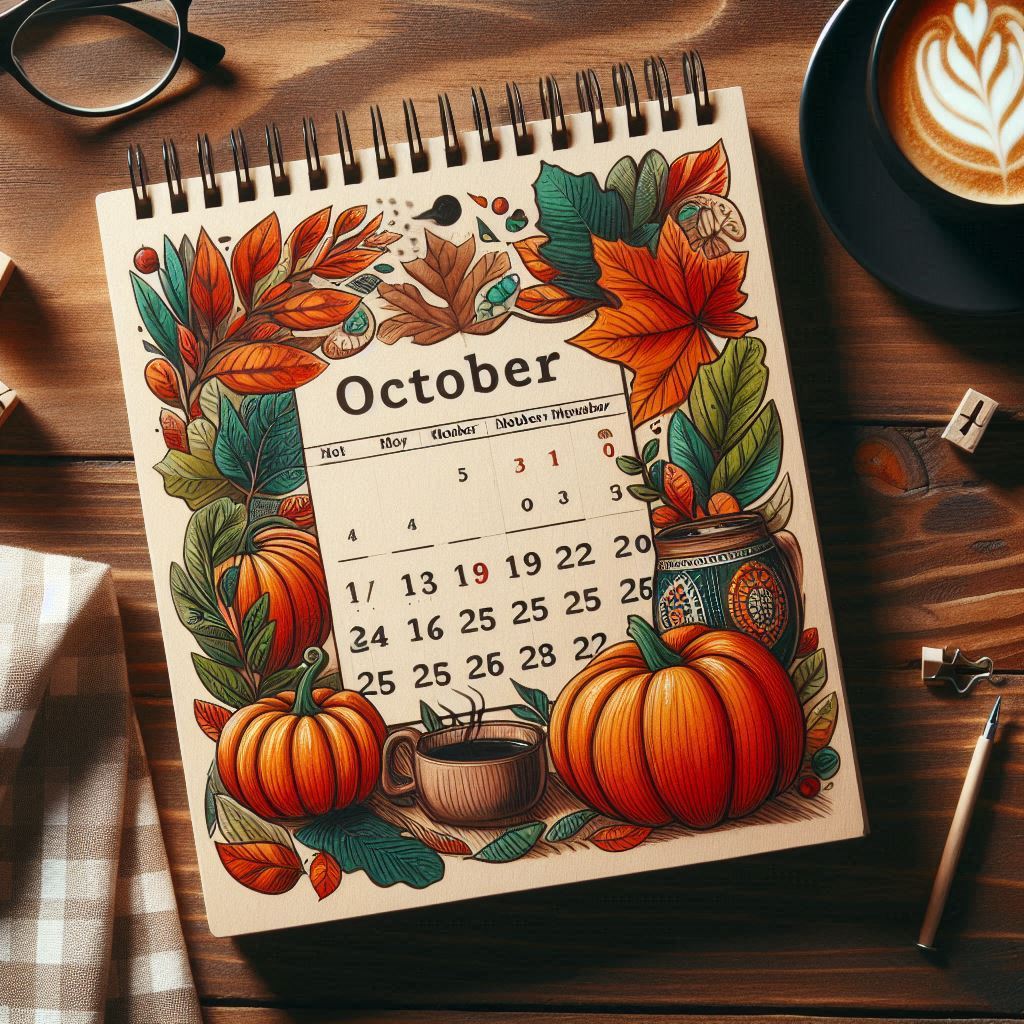In our busy modern lives where we need to balance our home, work, and personal life, it’s important to have some form of organisation to help you keep track of everything.
For most people, this comes in the form of a weekly planner. However, there may come a time when simply setting up your week takes out a big chunk of your day. This is where weekly templates come in. I’ve made a whole post about why templates are important if you want your life to be organised.
Now, in this post, I’m going to dive into how you can turn this idea into a practical reality.
why template your weeks?
Before I dive into all the nitty gritty details, it’s important to figure out if templating is actually for you. For example, if you are someone whose weeks differ from each other all the time, coming up with a template might not be for you. Similarly, if you have just three tasks to do each day, a template might not be necessary.
But if you thrive on routine and structure and have a lot of events and tasks that recur every day or week, a template can help you keep track of these tasks and prevent you from having to write out the same tasks for each of the seven days of the week. Because let’s be honest: that’s way too time-consuming.
Plus, here are some of the benefits you will experience when you template your weeks:
- You will easily prioritise tasks and realise which tasks can wait a while
- You can track your progress by comparing one week’s template to the next
- You can balance your tasks by making sure that your template includes time for rest
so, how do you do it?
If you’ve now decided that templating is, in fact, something you want to try, here’s how you should go about it.
1. choose your medium
The template is a base, but you need somewhere to place it. This is, of course, what your weekly planner is for. Do you prefer a physical or digital planner? If you’re not sure, I have a whole post about the topic, so give that a read here.
Of course, deciding between physical and digital planners is only the first step. You will also need to decide which physical or digital planner you want. Keep in mind that it’s often easier to have a template when using a digital planner since you can copy and paste things very easily, making it a useful online tool.

2. have a weekly overview
Setting up a weekly template can feel overwhelming, so start by writing down some tasks that occur on the same day of each week. Maybe you go to the gym on specific days, have a date night every Friday, or take your kids to soccer practice every Wednesday.
Write these down as they are already cemented, which means they will repeat each week. Having your schedule set up in advance can make it much easier for you to start your morning by just having your schedule with your tasks already set up.
3. think about daily tasks
Next, think about tasks you like to do every day and add them to each day of the week. For example, you may want to walk the dog every day or do a load of laundry. Adding these daily tasks and habits to your weekly template will already give you a clear picture of what your weeks look like, and which days are busier than others.
4. organise your template
Once you have a list of ongoing to-dos, you can organise each day by priority or time, so that you can start at the top and work your way through specific tasks on your weekly planner template without accidentally missing something important.
5. use your template

Once the bones of your template are ready, you can then copy it to your weekly planner either by pasting it (if you use a digital planner) or by writing it down if you have a physical one.
Then you can check your calendar and other to-do lists to add any tasks that are specific to that week. This includes things like appointments, deadlines, and assignments, which don’t always occur every week.
Depending on the week, you may need to move some things around. My planning app, Forzeit, makes it easy for you to not only create templates but to move tasks around within these templates.
The entire point of templates is to make weekly schedules easier, but that only works when you use this tool.
6. edit your template
Your template is just that – a template. You don’t need to stick to it all the time. If there’s a busy week where your template won’t help you, skip it, and use it when you need regular weekly schedules again.
And also remember that your template is flexible. You can reflect on it each week and see what worked and what didn’t, and make changes as needed.
final words
I hope that this post gave you some inspiration when it comes to not only why you should template your weekly planning but also how you can do it.
Of course, this is only some advice – play around with templates and change things until you find something that works for you. And if you’re eager to try a weekly planner that already has a built-in templating system, consider giving Forzeit a try.